It is Hogmanay 1918, and the war has been over for seven weeks. Survivors from the Western Front and the war at sea are flocking home. As are hundreds of sailors from the Highlands and Islands of Scotland. Three trains pull into the harbourside station at Kyle of Lochalsh, and hundreds pour onto the platform and adjoining quayside to join a ferry home. The Skye men can take the short hop to Kyleakin, or join the steamer north to Portree. The sailors and soldiers from the Outer Hebrides have a longer journey ahead of them.
The mailsteamer for Stornoway, the
Sheila is alongside at Kyle, but it very rapidly becomes clear that she has nowhere near enough space to accommodate the hundreds that want to go home to Lewis and Harris. So, a cable is sent to the naval base at Stornoway, and Rear Admiral Boyle sends HMY
Iolaire to Kyle to relieve the congestion.
Iolaire, the former private steamyacht
Amalthea arrives in the early evening, bumping into the pier as she docks.
A disorganised scramble occurs, where the throng of men divides between the
Sheila and the
Iolaire. No record is kept as to who goes on board which vessel. Some start off by boarding the
Iolaire, then switch to the
Sheila. Others do the reverse swap. Finally, at half past seven,
Iolaire casts off and heads north. The
Sheila follows suit in short order.
The year 1918 is drawing to a close and Big Ben in London is about to start striking the midnight hour. Six hundred miles to the north, HMY
Iolaire is ploughing her way north through the Minch, passing between Raasay, Rona and the Scottish mainland. The weather, which had been reasonable upon departure from Kyle, is turning increasingly windy. A heavy swell is beginning to rise in response to the strong southerly wind. The lighthouses, which serve as reference points for mariners in the Minch, blink their messages to
Iolaire. Milaid, on the rocky cliffs near Kebock Head; Rona; Tiumpan Head on the eastern extremity of the Point Peninsula; and Arnish, near the entrance to Stornoway Harbour.
In dozens of houses in Lewis, glasses are charged to the New Year. The last year of war is ending.
Dry clothes are draped over beds, a stew is heating over the fire. In the blackhouses in Ness, and the town houses of Stornoway. A kettle is at the ready on the stove. A plate, cutlery and cups on the table. From Eoropie to Brenish, from Lemreway to North Tolsta, and between Manor Park and Newton, the same scene is repeated over and over. Only two hours to go, the boat won't make Hogmanay. But it does not really matter, the boys will be home soon.
The clock strikes midnight. It is 1919.
Conditions in the Minch are now poor, and all on board
Iolaire are glad that the journey is nearly over. The passengers, most of them familiar with the passage to Stornoway, are snoozing their way, lulled to slumber by the steady if roughish motion of the waves that
Iolaire rides. The captain goes down below to rest, his second-in-command takes over on the bridge. A fishing boat is also on its way home to Stornoway, and is running a broadly parallel course to
Iolaire.
The passengers can now see the lights of Stornoway ahead, as well as the familiar signal of the Arnish Lighthouse and its secondary beacon. All begin to stir and start to prepare for disembarkation, which is now only about a quarter of or half an hour away. But all is not well. The sound of waves striking shore becomes audible over the noise of wind and swell.
The next noise is a far greater one.
Iolaire changes course abruptly, as the crew realise they have overshot the harbour entrance. But it is too late. At 1.55 am, the ship comes to a crashing halt on the rocks of the Beasts of Holm.
Iolaire was mortally damaged by her grounding, and would eventually slip from the rocks and sink into the depths beside the Beasts of Holm. Only her mast would be left showing above the waves.
Flares were let off, which were spotted by the fishing boat and the
Sheila, which were running into Stornoway behind
Iolaire. Conditions, however, were too severe for any direct help to be offered by any vessel, as they would place themselves into severe danger. One intrepid man managed to bring a hawser ashore, which was to become a literal lifeline for nearly four dozen souls. Others attempted to use the lifeboats, which were almost immediately swamped by the heavy swell, or smashed on the rocks nearby. For
Iolaire only grounded about 50 yards from shore. Those who jumped into the sea drowned almost at once, or were smashed onto the rocks, left lifeless. A life-saving apparatus, a breeches' buoy, which had been brought from Stornoway, came way too late to be useful.
Some of those that survived made their way to Stoneyfield Farm, about half a mile from the scene of
Iolaire's sinking, and their terrible news was relayed to Stornoway. The flares had been spotted from the town, but had been (mis)taken for celebratory rockets.
The houses waited. The stew over the fire, the teapot on the stove. The clothes on the bed, and the made up table. The families, friends and other islanders waited. Then news filtered through into, and from Stornoway. The
Iolaire was lost. Several dozen had been saved. But so many more were not. A night of terrifying uncertainty drew on. Would he be among the saved?
It is early January, and daylight is still many hours away.
It is just after 9 o'clock, and the sun rises over the mountains of mainland Scotland. Its light sweeps west, and shows up a ship's mast protruding from the sea, only a few dozen yards from the shore of Holm Point. The figure of a man can be made out, as he holds on for dear life. As he has done for nigh upon seven hours. Others had been with him, but their strength had given out, and had fallen into the sea below. The man is saved from his precarious position. He had been one of about three hundred on board
Iolaire who had left Kyle the evening before, expecting to arrive in Stornoway at 2 am. Instead, two hundred would never return home, and some sixty would never be retrieved.
A gruesome sight presented itself on the shores, beaches and rocky outcrops of eastern Lewis, around the bay of Stornoway. East to Knock, north to Sandwick and Stornoway, south to Grimshader. One hundred and forty bobbed on the tide, lost in the
Iolaire. Those that could be retrieved were taken to the naval base at the Battery in Stornoway, to be identified and collected by family.
Those who had not yet had news of the tragedy would soon receive it, as elders of the church went round, the bearers of the news of loss. A brother, a father. An uncle, a nephew. A son, a cousin. No village was spared. No family who was not directly or indirectly affected. The stories abound, but are not readily told.
It is 2011, and dawn has broken on a new year. Two years ago, several hundred gathered at the little memorial at Holm Point to remember. It was a beautiful mild winter's day, with not a breath of wind. We looked south, across the Minch, where the jagged humps of the Shiants, the distant lines of Skye, and on a day of exceptional clarity, even the hills behind Kyle can be made out, 75 miles away. In this day and age, a short journey. In 1919, a journey that was never completed by two hundred and five souls.
Rest in peace.
A full listing of names can be found herePostscriptThe exact cause for the foundering of HMY Iolaire has never been fully cleared up, and theories abound. There are accusations of a cover-up by the Royal Navy, drunkenness on the part of the crew, and speculation on the factors played by the weather. It is not the object of this blog to apportion blame, or determine the exact cause for the tragedy. This is a tribute to the two hundred and five who perished at the Beasts of Holm that New Year's night in 1919.

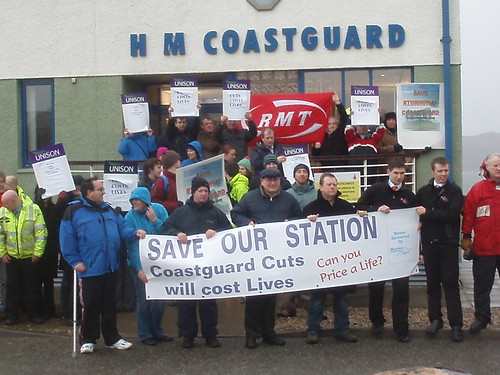
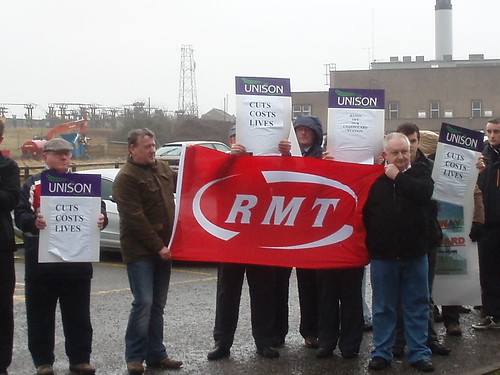
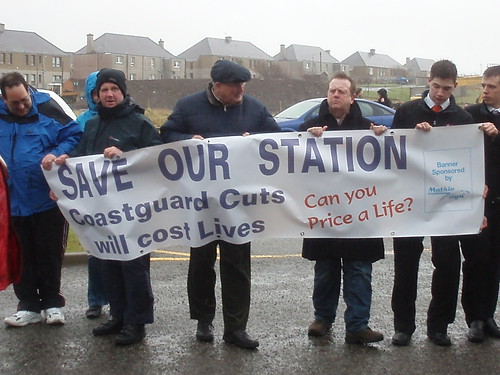

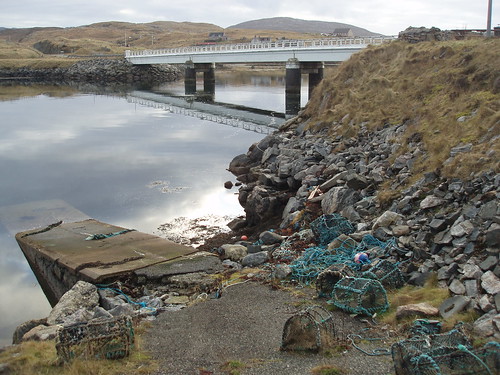 [/caption]
[/caption]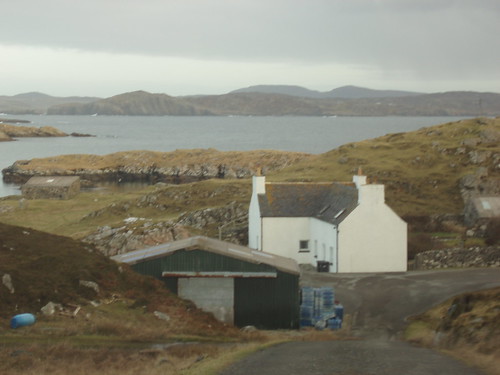 [/caption]
[/caption]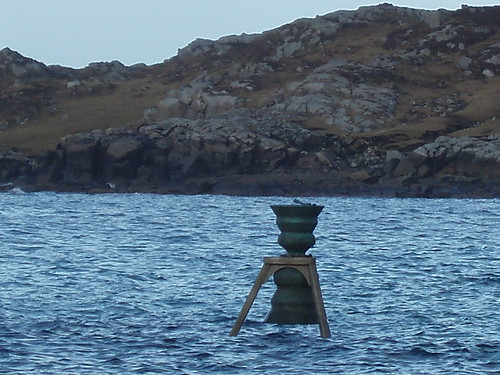 [/caption]
[/caption]
 [/caption]
[/caption]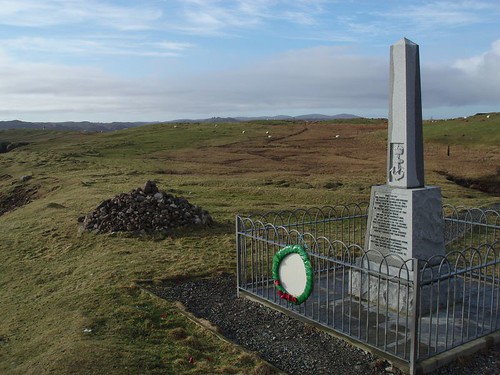 [/caption]
[/caption]